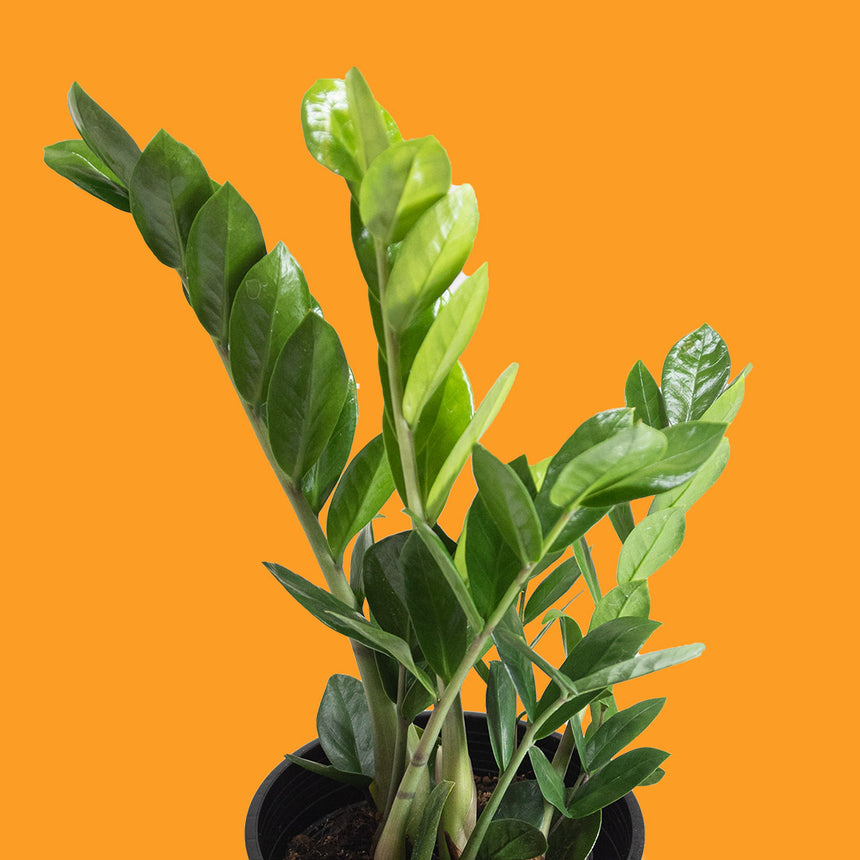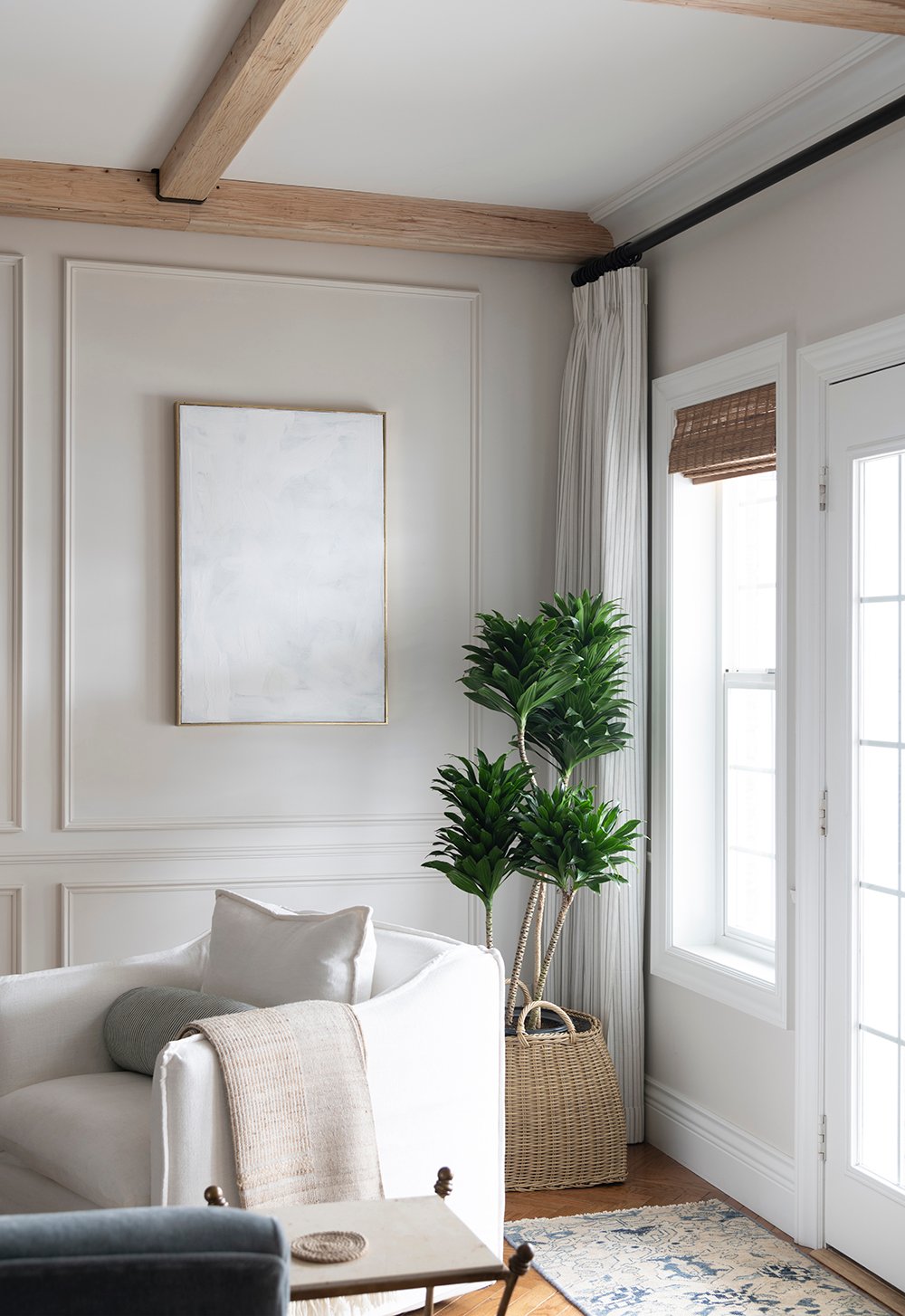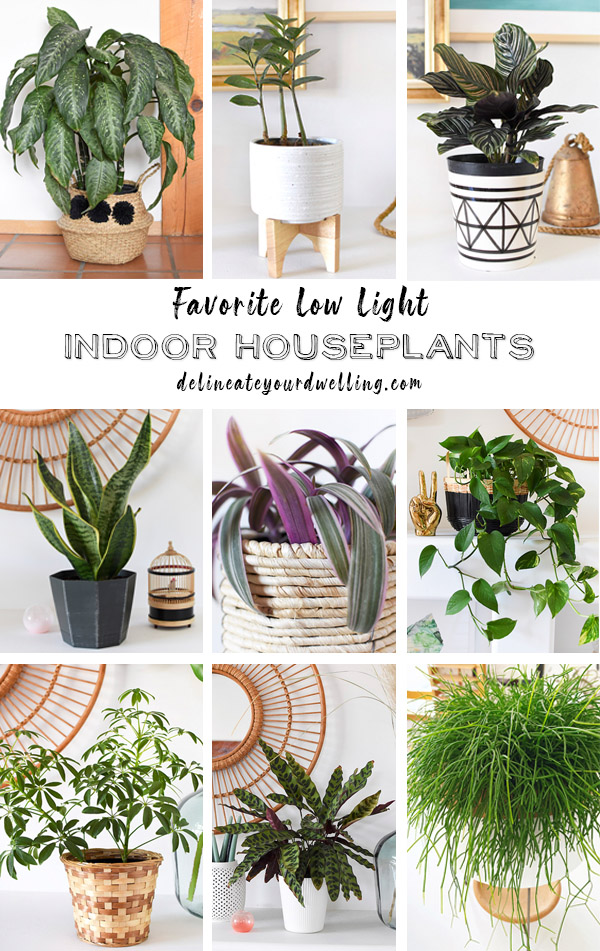Create a Lush Indoor Oasis with the Best Low-Light Indoor Plants
Create a Lush Indoor Oasis with the Best Low-Light Indoor Plants
Blog Article
Uncover the Keys of Low-Light Indoor Plants and Just How They Improve Your Atmosphere
Low-light indoor plants have garnered enhancing attention for their special capability to improve both visual charm and ecological high quality within offices and homes. These resistant varieties, consisting of the Snake Plant and Peace Lily, not only flourish in challenging lighting problems yet additionally play a crucial duty in air filtration and emotional well-being. Understanding the particular benefits and treatment needs of these plants can dramatically influence your space. As we check out the complexities of their advantages, you might uncover insights that could change your surroundings in unforeseen ways.
Benefits of Low-Light Indoor Plants
Although many individuals think that indoor plants require plentiful sunlight to grow, low-light indoor plants supply a plethora of advantages that make them optimal for various atmospheres. One of the key advantages is their adaptability; they can grow precede with restricted natural light, such as workplaces, cellars, or spaces with small windows. This feature enables individuals to boost their surroundings with greenery, adding to enhanced aesthetic appeals without the requirement for extensive lights adjustments.
Moreover, low-light indoor plants can substantially improve indoor air top quality by filtering unsafe toxic substances and releasing oxygen, making living spaces healthier. Research study has shown that particular selections can absorb contaminants, therefore advertising a cleaner atmosphere. Additionally, they can improve mental health by reducing tension and enhancing efficiency. The visibility of plants has actually been connected to greater feelings of tranquility and focus.
Moreover, low-light plants usually call for much less upkeep than their sun-loving equivalents, making them excellent for active people or those brand-new to horticulture. Their strength permits them to grow with marginal intervention, hence giving a rewarding experience for plant enthusiasts and amateurs alike. In recap, low-light interior plants offer both visual and useful objectives, making them useful enhancements to any kind of room.
Top Low-Light Plant Ranges
Low-light indoor plants come in a selection of varieties, each offering special qualities and benefits matched for dark atmospheres. Among one of the most prominent varieties is the Snake Plant (Sansevieria), understood for its air-purifying abilities and building leaves. This resistant plant prospers on overlook and can endure a variety of light problems.
Another superb option is the ZZ Plant (Zamioculcas zamiifolia), which features shiny, dark green fallen leaves and is highly drought-tolerant. Its flexibility makes it a preferred for offices and homes with minimal sunshine.
The Pothos (Epipremnum aureum) is also a leading contender, with its trailing creeping plants and heart-shaped leaves - Best low-light indoor plants. This versatile plant can be educated to climb or cascade, including visual rate of interest to any kind of room

Treatment Tips for Low-Light Plants
Looking after low-light indoor plants calls for a nuanced understanding of their particular demands to make sure optimal development and vitality. It is vital to select the ideal potting mix, as a well-draining dirt is important to protect against root rot. A mix designed for houseplants, typically having peat moss and perlite, works well for a lot of low-light varieties.
Watering is one more vital aspect of care. Low-light plants normally call for less frequent watering contrasted to their sun-loving equivalents.
Fertilization ought to be approached with care. Throughout the growing period, a diluted liquid plant food can be used monthly, but in winter season, lots of low-light plants get in dormancy and call for little to no fertilization.
Finally, it is essential to occasionally clean the leaves to get rid of dirt, permitting much better light absorption. By sticking to these treatment ideas, you can cultivate a thriving environment for your low-light indoor plants, boosting both their appearance and longevity.
Enhancing Air Quality With Plants
Interior plants play a significant function in boosting air high quality within homes and workplace. With the process of photosynthesis, these plants take in carbon dioxide and launch oxygen, contributing to a much healthier ambience. In addition, particular low-light interior plants have the capability to filter unsafe toxins, such as benzene, formaldehyde, and trichloroethylene, which are generally found in interior settings.

Additionally, the visibility of interior plants can enhance humidity levels, which useful source helps alleviate completely dry skin and respiratory system concerns, even more improving total well-being. This capability to boost air quality not just promotes physical health yet additionally sustains mental wellness.
Incorporating low-light indoor plants into your living and working areas can cause a much more vibrant and invigorating atmosphere (Best low-light indoor plants). Purchasing these natural air cleansers is an easy yet efficient approach for improving interior air high quality and promoting a much healthier way of living
Developing a Peaceful Indoor Area
The combination of plants into living spaces not just boosts air top quality but likewise adds to a peaceful environment. Low-light indoor plants, such as snake plants and pothos, are Full Article specifically reliable in producing a calm setting, as they flourish in problems that may otherwise be unwelcoming for various other plant. Their lush foliage provides a calming aesthetic, decreasing anxiety and advertising leisure.
Including these plants into your home or workplace can evoke a feeling of peace and health. Purposefully placing them in locations where you invest considerable time, such as living workspaces or rooms, permits for an immersive experience with nature, which has been shown to boost state of mind and cognitive function.
Moreover, the mild activity of fallen leaves in feedback to air flow can create a dynamic visual element that boosts the overall atmosphere. Think about making use of a range click of plant heights and appearances to add depth and interest to your room. With thoughtful placement and treatment, low-light interior plants can change any kind of area right into a peaceful shelter, promoting not just visual contentment yet psychological and also psychological health.

Verdict
Integrating low-light interior plants into numerous atmospheres returns substantial advantages, including improved air top quality and improved visual appeal. The transformative power of low-light plants underscores their worth in enhancing both occupational and residential setups.
Although numerous people presume that indoor plants need bountiful sunlight to prosper, low-light interior plants supply a plethora of benefits that make them suitable for different atmospheres.Furthermore, low-light indoor plants can dramatically boost indoor air quality by filtering system unsafe toxic substances and releasing oxygen, making living rooms healthier. Furthermore, certain low-light interior plants possess the capacity to filter damaging pollutants, such as benzene, trichloroethylene, and formaldehyde, which are typically located in indoor settings.
Low-light indoor plants, such as serpent plants and pothos, are particularly reliable in creating a serene atmosphere, as they flourish in conditions that might or else be unwelcoming for other greenery.Incorporating low-light indoor plants right into numerous environments returns significant benefits, including improved air high quality and boosted aesthetic charm.
Report this page